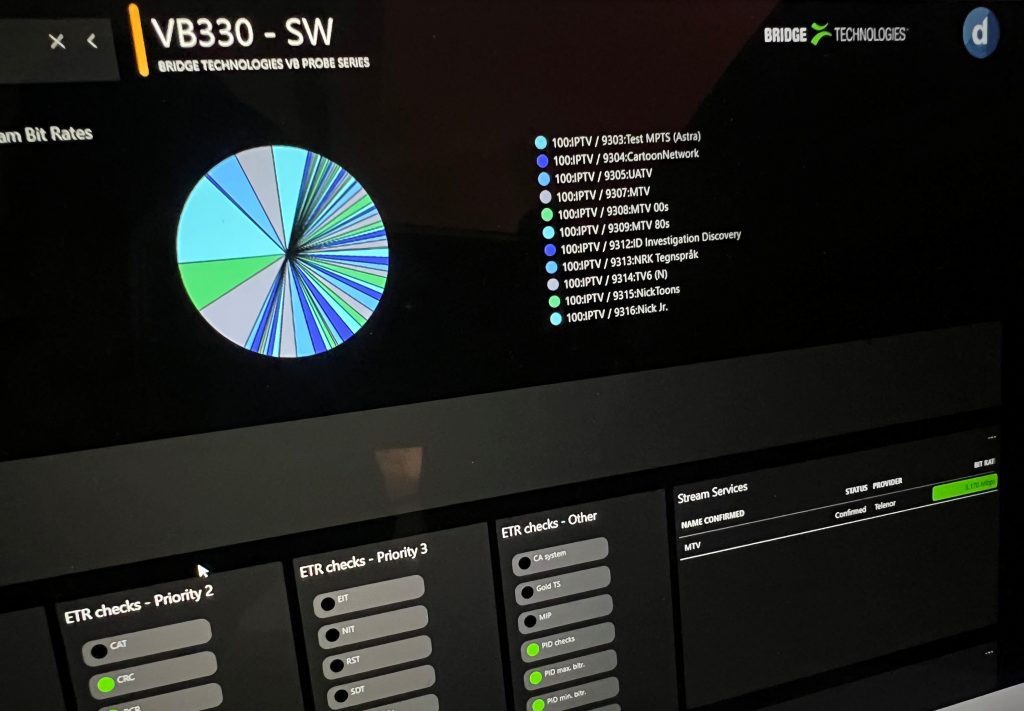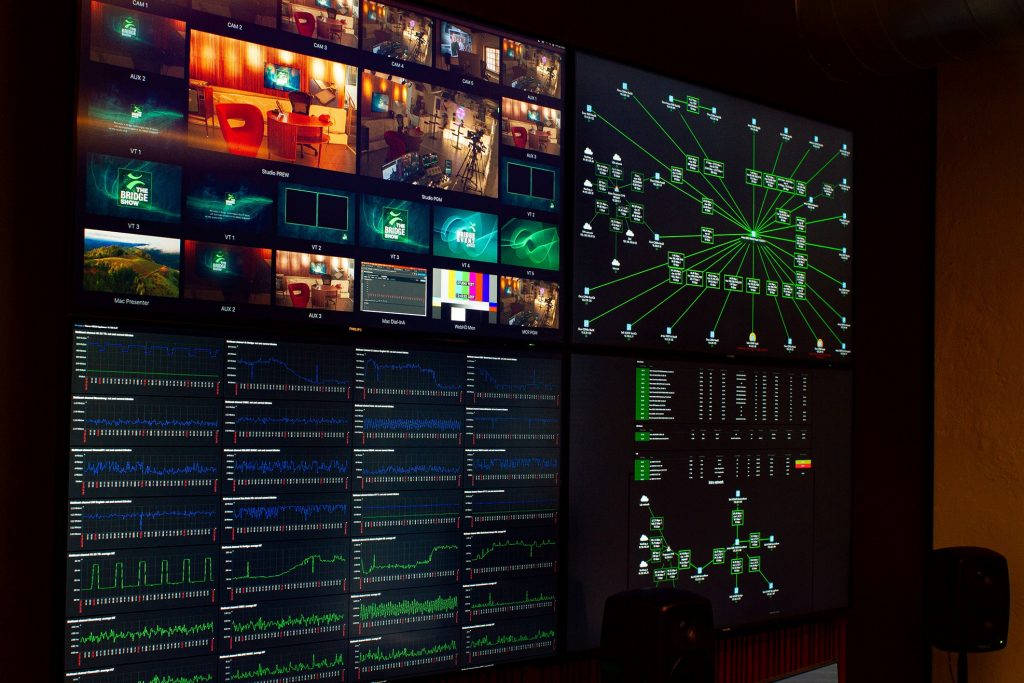When Machines Talk: A Brief History of APIs and the Future of Broadcast Collaboration
September 22, 2025
As seen in InBroadcast Sept 2025
When the general public watches Star Wars, what they probably yearn for is a lightsaber. But when an engineer watches Star Wars, what they yearn for is R2-D2’s ability to interface with the Death Star without so much as a driver update. No unsupported file format issue, no fundamental hardware incompatibility, just genuine plug and play.
No, when it comes to sci-fi films you can keep your holographic displays, swishy hand controls and megalomaniacal mainframes, what every engineer really wants is seamless interoperability. (OK, we admit, they might also want a lightsaber as well…)
To be fair, as a society we are getting closer. Praise be to the bureaucrats who had the vision to push for harmonised USB power cables with the Common Charger Directive: for all our talk of artificial intelligence or quantum computing, few things have improved everyday life more than being able to grab any old cable from the back of a drawer and trust it will fit. (A small step for humankind, a giant leap for desk drawers everywhere.)
But perhaps the deeper, more transformative step toward that sci-fi dream has not been cables at all. It has been APIs.
From Odd Acronym to Invisible Infrastructure
Application Programming Interfaces – APIs – began life as a somewhat arcane concept. Early in the 2000s, a few pioneering companies saw the potential of exposing part of their systems to the outside world. Salesforce opened its CRM tools to developers. Amazon allowed external programmers to access its vast e-commerce engine. eBay followed suit, realising that empowering third-party applications would grow the ecosystem faster than anything it could build alone.
The principle was simple but radical: instead of keeping data and functionality locked inside a company’s four walls, you provided a structured doorway. Developers could come and go, creating new services, extending value, and fuelling innovation.
It was the beginning of a quiet revolution.

The API Economy
By the 2010s, the idea had exploded. Social networks, mapping services, financial systems – all offered APIs. Instead of isolated platforms, the digital world became a web of interconnections. A ride-hailing app could pull your GPS location, integrate with a payment service, update your calendar, and send you a receipt in seconds – all because a host of APIs stitched the experience together.
The Broadcast Dimension
The same is true in broadcast and media – an industry built on the rapid movement of complex signals, often under extraordinary time pressure. Historically, the field has been marked by a mix of bespoke systems, proprietary standards, and tightly controlled workflows. Each piece of technology was brilliant in its own right, but persuading them to cooperate could be a battle.
The shift to IP-based production has transformed that equation. Now, every camera, switcher, graphics system, and monitoring probe can – in principle – speak a common language. But in practice, it is the API that makes this possible. APIs allow devices from different vendors to share data, coordinate functions, and provide operators with coherent, unified control – even when the underlying systems are diverse.
Bridge’s Role
At Bridge Technologies, this ethos of interconnection has always been central and the Eii API for 3rd party integration, is a glowing example. Long before the buzzwords took hold, the company designed its probes with browser-based access and open interaction in mind. Whether monitoring compressed distribution streams or uncompressed production feeds, Bridge’s systems are built not as islands, but as participants in a larger ecosystem – integrating huge swathes of both proprietary and open protocols and standards, from Dolby to JPEG XS, SRT to NMOS. From Syslog to user interfaces like Dataminer, Slack, Splunk, Zabbix and Grafana, Bridge allows access to rich and unique datasets that customers can use for the benefit of their overall operations.

Bridge’s motivation comes from recognition that true progress comes not from building walls, but from opening doors; evolving the industry towards openness, flexibility, and shared innovation. In practice, that means ensuring every probe can slot smoothly into existing workflows, interoperate with other vendors, and give engineers and creatives the freedom to shape operations to their needs. It means supporting the idea that technology should not dictate the boundaries of collaboration, but instead expand them. And for Bridge, APIs are just the beginning of how Bridge intends to keep pushing for joined-up operations…
The Road Ahead
Strange as it sounds, at their heart APIs are about people: about enabling human beings to work together more effectively by allowing their tools to do the same. They are about reducing friction, creating freedom, and unlocking creativity.
That is the future worth pursuing. Not dazzling special effects or flashy gimmicks, but the quiet magic of things working together in harmony. That’s the sci-fi future we’d really like. And we might just be close to getting it.